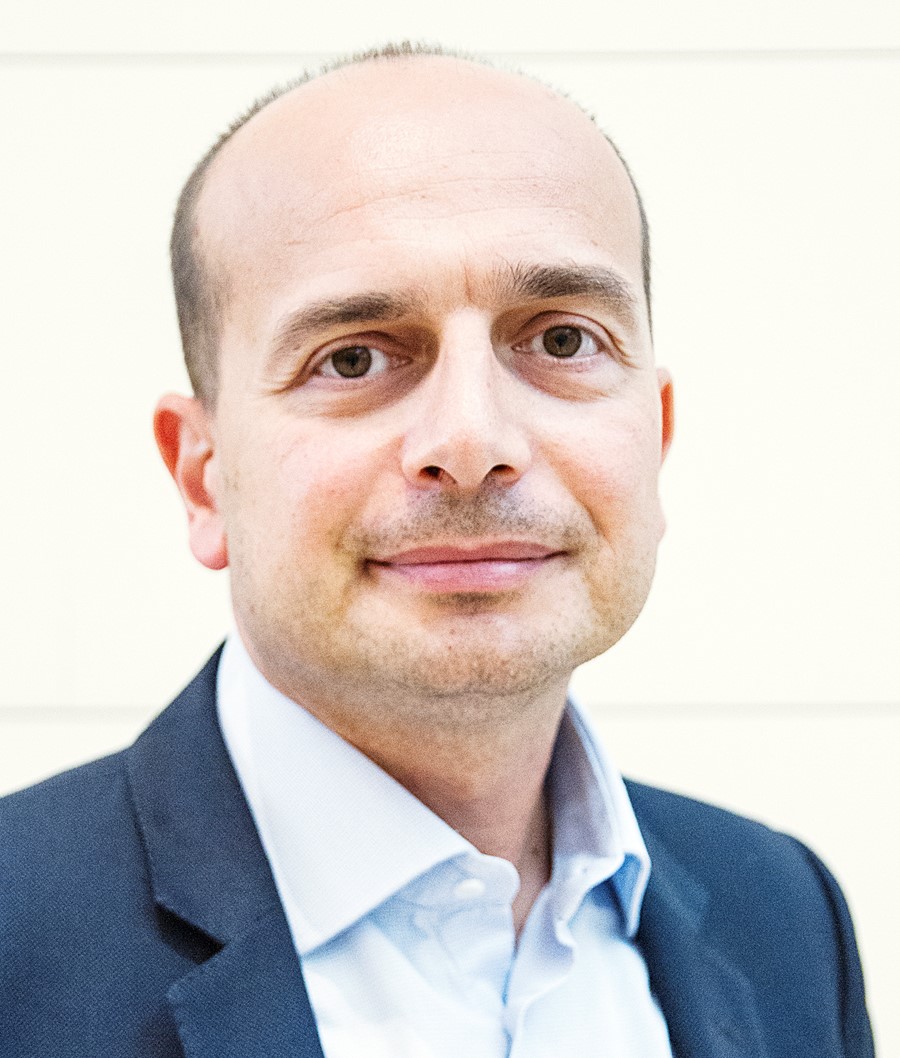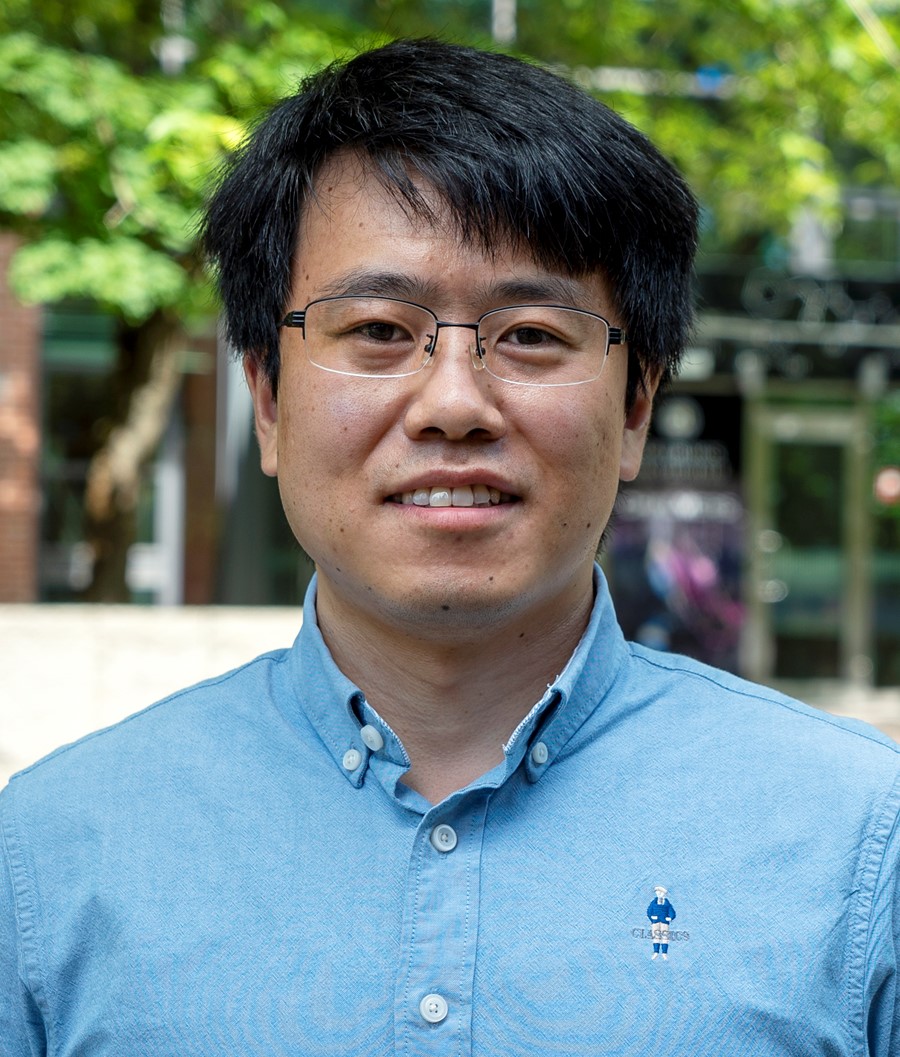Janus graphene opens doors to sustainable sodium ion batteries
Sodium is one of the most abundant and affordable metals in the world. Now researchers at Graphene Flagship partner Chalmers University of Technology in Sweden, present a concept that allows sodium ion batteries to match the capacity of today's lithium-ion batteries.
In the search for sustainable energy storage, researchers at Graphene Flagship partner Chalmers University of Technology in Sweden, present a new concept to fabricate high-performance electrode materials for sodium batteries. It is based on a novel type of graphene to store one of the world's most common and cheap metal ions – sodium. The results show that the capacity can match today’s lithium ion batteries.
Even though lithium ions work well for energy storage, lithium is an expensive metal with concerns regarding its long-term supply and environmental issues.
Sodium, on the other hand, is an abundant low-cost metal, and a main ingredient in seawater (and in kitchen salt). This makes sodium ion batteries an interesting and sustainable alternative for reducing our need for critical raw materials. However, one major challenge is to increase the capacity.
At the current level of performance, sodium ion batteries cannot compete with lithium-ion cells. One limiting factor is the graphite, which is composed of stacked layers of graphene, and used as the anode in today’s lithium-ion batteries.
The ions intercalate in the graphite, which means that they can move in and out of the graphene layers and be stored for energy usage. Sodium ions are larger than lithium ions and interact differently. Therefore, they cannot be efficiently stored in the graphite structure. But the Chalmers researchers have come up with a novel way to solve this.
“We have added a molecule spacer on one side of the graphene layer. When the layers are stacked together, the molecule creates larger space between graphene sheets and provides an interaction point, which leads to a significantly higher capacity,” says researcher Jinhua Sun at the Department of Industrial and Materials Science at Chalmers and first author of the scientific paper, published in Science Advances.

Vincenzo Palermo. Affiliated Professor, Department of Industrial and Materials Science, Chalmers University of Technology, Sweden; Director, Institute for Organic Synthesis and Photoreactivity, CNR, Bologna, Italy
Image: Graphene Flagship/Chalmers University of Technology
Ten times the energy capacity of standard graphite
Typically, the capacity of sodium intercalation in standard graphite is about 35 milliampere hours per gram (mA h g-1). This is less than one tenth of the capacity for lithium ion intercalation in graphite. With the novel graphene the specific capacity for sodium ions is 332 milliampere hours per gram – approaching the value for lithium in graphite. The results also showed full reversibility and high cycling stability.
“It was really exciting when we observed the sodium ion intercalation with such high capacity. The research is still at an early stage, but the results are very promising. This shows that it’s possible to design graphene layers in an ordered structure that suits sodium ions, making it comparable to graphite,” says Professor Aleksandar Matic at the Department of Physics at Chalmers.

Jinhua Sun. Researcher, Department of Industrial and Materials Science, Chalmers University of Technology, Sweden.
Image: Marcus Folino/Chalmers University of Technology
“Divine” Janus graphene opens doors to sustainable batteries
The study was initiated by Vincenzo Palermo in his previous role as Vice-Director of the Graphene Flagship, a European Commission-funded project coordinated by Chalmers University of Technology. The novel graphene has asymmetric chemical functionalisation on opposite faces and is therefore often called Janus graphene, after the two-faced ancient Roman God Janus – the God of new beginnings, associated with doors and gates, and the first steps of a journey. In this case the Janus graphene correlates well with the roman mythology, potentially opening doors to high-capacity sodium ion-batteries.
“Our Janus material is still far from industrial applications, but the new results show that we can engineer the ultrathin graphene sheets – and the tiny space in between them – for high-capacity energy storage. We are very happy to present a concept with cost-efficient, abundant and sustainable metals,” says Vincenzo Palermo, Affiliated Professor at the Department of Industrial and Materials Science at Chalmers.
Text by: Marcus Folino and Mia Halleröd Palmgren/ Chalmers University of Technology
Reference
Sun, Jinhua, et al. "Real-time imaging of Na+ reversible intercalation in “Janus” graphene stacks for battery applications." Science advances 7.22 (2021): eabf0812.

Aleksandar Matic. Professor, Department of Physics, Chalmers University of Technology, Sweden.
Image: Anna-Lena Lundqvist/Chalmers University of Technology




